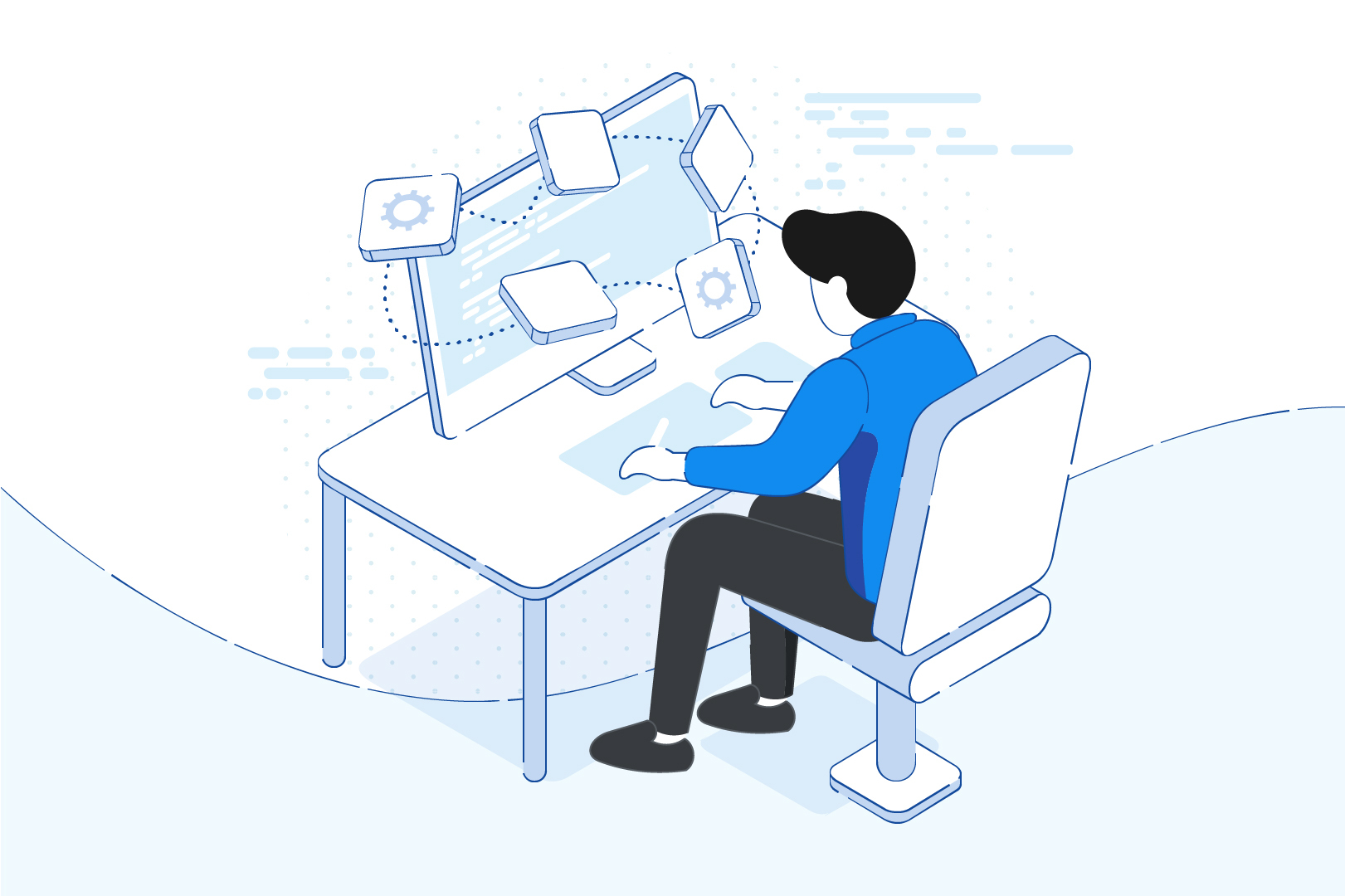The World Health Organization (WHO) recently launched a chatbot to combat COVID-19 in collaboration with Facebook. The new chatbot is now a part of Facebook’s popular instant messaging platform Messenger. With this, W.H.O has expanded its Health Alert platform by offering people instant and accurate information about the coronavirus outbreak through a chatbot. The demand for chatbot development has surged across industries and organizations after the virus pandemic.
The popularity of chatbots as a communication medium has spiked dramatically, especially among young people. Chatbots are based on conversational artificial intelligence (A.I.) technology. They provide users information through text or voice-based interaction. Due to its ease-of-use and effectiveness, small and large organizations alike are embracing chatbots.
W.H.O Is Spreading Coronavirus Awareness Through Chatbots
The WHO interactive chatbot called Rakuten Viber intends to disperse accurate information about the COVID-19 outbreak in multiple languages. The organization has partnered with Rakuten Viber for chatbot app development. With the chatbot, W.H.O. aims to reach more than 1 billion people worldwide. W.H.O. will interact with people in different countries and regions in their languages. As of this writing, the chatbot is already available in English, Russian, and Arabic. W.H.O. plans to expand the chatbot’s language capabilities up to additional 20 languages.
The organization believes that the messaging service would help government officials, health workers, and general citizens to stay informed about the growing pandemic. The information include details about symptoms, risks, safety measures, and the latest situation reports for policymakers.
How Chatbots Are Fighting Coronavirus for Other Organizations
Interactive chatbots have widely become the natural choice for spreading health information amid the virus outbreak. The software development industry has made significant progress in Natural Language Processing (NLP) over the past years. This led to the development of AI tools like Alexa, Siri, and Google Assistant. Companies offering chatbot development services are leveraging conversational AI to build highly interactive chatbots. These bots are being deployed to disseminate COVID-19 information.
Chatbots allow organizations to offer people a low-friction, intuitive interface that makes easy the spreading of critical information. More importantly, chatbots are active round the clock, which is crucial in the times of a pandemic. Chatbots offer great advantages in terms of delivering accurate information as well. The information dispersed through a chatbot are often curated. The information can also be customized according to the target audience. The U.S. Centers for Disease Control (CDC), for example, is using highly curated information to raise awareness of the virus among Americans.
WhatsApp Chatbots to fight COVID-19 Misinformation
Misinformation about coronavirus has been spreading widely on social media platforms despite relentless efforts by governments and organizations worldwide. WhatsApp, the world’s largest instant messaging platform, collaborated with W.H.O. to fight the misinformation deluge. They developed dedicated messaging services via WhatsApp. The messaging service and answer questions about COVID-19. The platform will also provide the latest news and updates about the global pandemic. This chatbot app collaboration partnership is supposed to play a significant role in fighting fake news about cures, remedies, and risks of COVID-19.
The Indian government has also embraced the chatbot development strategy. It has launched a chatbot named MyGov Corona Helpdesk. The chatbot uses WhatsApp to deliver verified information about the novel coronavirus that causes COVID-19. Even Indian states are not behind in deploying chatbot in the battle against the virus. For instance, the government of Goa has introduced a chatbot called Cobot-19. The bot has been built in collaboration with a Bengaluru-based automation start-up.
Conclusion
The COVID-19 pandemic has helped to quickly expand the use of chatbot technology across the world. This trend, however, is going to stay here even after the pandemic ends. The usage chatbots is forecast to dramatically rise as a healthcare technology.
Organizations need more collaborations to use chatbots as an effective tool for fighting disease outbreaks and other public health issues. At OrangeMantra, we’re committed to helping businesses and organizations to fight the COVID-19 battle. We offer a diverse range of digital solutions that help businesses fight disruptions. We strongly believe that together we can fight a successful battle against the invisible enemy.
FAQs
Q. What is a chatbot?
A chatbot is a software program that simulates human conversation through voice commands or text chats or both. Chatbots are Artificial Intelligence (AI)-based tools that can be embedded and used through any major messaging applications.
Q. What is a conversational AI platform?
Conversational AI is an evolved version of Artificial Intelligence that allows people to interact with applications, websites, and devices. The conversations use the natural language processing (NLP) technology. Chatbots are the most common forms of conversational AI-based tools.
Q. How much does it cost to build a chatbot?
The development cost of a Chatbot depends on your requirements and the purpose of using the bot. The choice of development platform also matters. If you need a basic chatbot incorporated into an app, the costs will be comparatively lower. More sophisticated and highly interactive chatbots cost higher than the basic ones.























